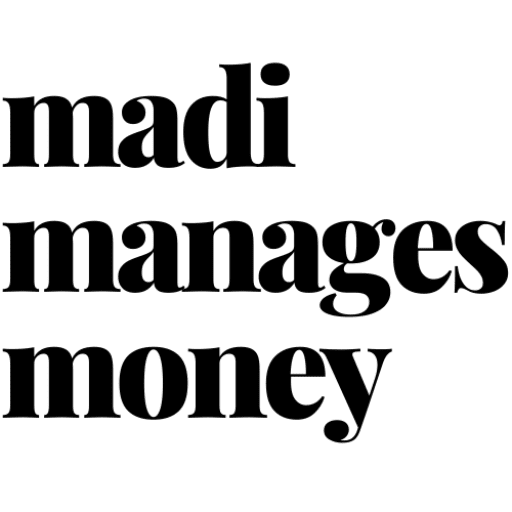I can’t think of anything more ‘I have my shit together’ than researching how to get started with a self-directed brokerage account. Let’s start there.
This article explains what a self-directed brokerage account is and how to open one.
A self-directed brokerage account is an investment account that you can open online for free. You can manage the investments in your account yourself and don’t need to work with an advisor on an ongoing basis. This is a great solution for you if you want to DIY.
A self-directed brokerage account probably isn’t right for you, however, if you feel uncomfortable managing your own investments. There’s no shame in that. You’ll want to explore a managed investment account instead, either through a traditional financial advisor or a robo-advisor.
What are the benefits of a brokerage account?
- You maintain access the money at any time
- Wide range of investment choices
- Many brokers don’t require minimums
- No limit on amount you can contribute
- Your money isn’t subject to RMDs during retirement
Before you jump in full-send, let’s make sure you’ve nailed your prerequisites. Opening a brokerage account is the next logical step if you:
- Are ready to invest.
- Max out retirement benefits available to you. This might include a tax-advantaged 401(k) or HSA through your employer. It also includes IRAs. Because these accounts have tax benefits, meaning they either lower your taxes today or lower your taxes when you take the money out in the future, you’ll want to contribute to them first.
A brokerage account isn’t tax-advantaged in this sense. You’ll owe taxes on investments at the time you sell them, if you’re selling them at a gain.
You’ll also owe taxes on dividends you receive from your investments in a brokerage account. Any investments that you hold for at least a year, however, will be taxed at the favorable long-term capital gains rate.
Follow these steps to open a brokerage account.
Pick your brokerage platform. Choices galore!
Guess what, sis. You have options. There are a handful of places online to open an account, like TD Ameritrade, eTrade, and Charles Schwab. These are called “discount” brokers, but don’t let that moniker make you think they’re like the dollar store of investing. They’re actually the best in the business at offering seamless online investing experiences to retail investors like us.
Determine your account type and titling.
The choices you make here will impact how the account is taxed and who has access to the account if, heaven forbid, you should pass away.
This is also the part where you actually pick the self-directed brokerage account type. (If you were opening up an IRA, you’d follow these instructions just the same but pick an IRA instead.)
For most moms, you’ll be opening a brokerage account in your individual name or jointly with your partner. But beware! If you open an account jointly, even if you put every dime into that account, it’s jointly owned with the other party. Halfsies. The benefits of this, however, is that should one of you pass away, the other readily has access to money in the account.
Zip up your Patagonia vest and start researching investments.
Researching investments is more simple than it’s made out to be. The name of the game is picking diversified investments that align to your risk tolerance.
Diversification doesn’t necessarily mean simply purchasing a bunch of stocks. Instead, you can often get better diversification by purchasing as few as just one low-cost index fund. Low-cost index funds can be purchased through an ETF or mutual fund.
Research shows that low-cost index funds tend to be a better relative choice than more expensive actively managed investments over long periods of time.
One of the most important questions to ask yourself to determine your risk tolerance is, “When will I need this money?” The shorter your time horizon, the less risk you should take.
Deposit money.
Contributing money from your bank account is the most common way to deposit money. Most online brokers don’t require minimums to open an account.
Buy your investments. The exciting part!
This is where investment accounts and a checking account differ. After you’ve deposited your money, you have to actually buy your investments. A common mistake among new investors is that they miss this last crucial step, and their money sits on the sidelines until the next time they check the account.
Setting up a recurring investment is a pro-move. It eliminates the chance that you forget to invest and keeps you on schedule.
Further, investing smaller amounts at regular frequencies is likely to earn you more money than a single, annual investment over time. Because of compounding interest, the smaller amounts invested can start growing sooner.
In the example below, the investor earns over $2,000 extra just for investing each month instead of waiting to invest at the end of the year.

Monitor your investments.
Ensure your portfolio continues to align to your family’s goals and your risk tolerance. If you created a portfolio that holds multiple investments, you should periodically (twice a year works) check that they stay proportional in your account. As certain investments grow and others fall, you may want to rebalance.
Thanks for reading. 🤗
The opinions voiced in this material are for general information only and are not intended to provide specific advice or recommendations for any individual. To determine which investments may be appropriate for you, consult with your financial advisor.

